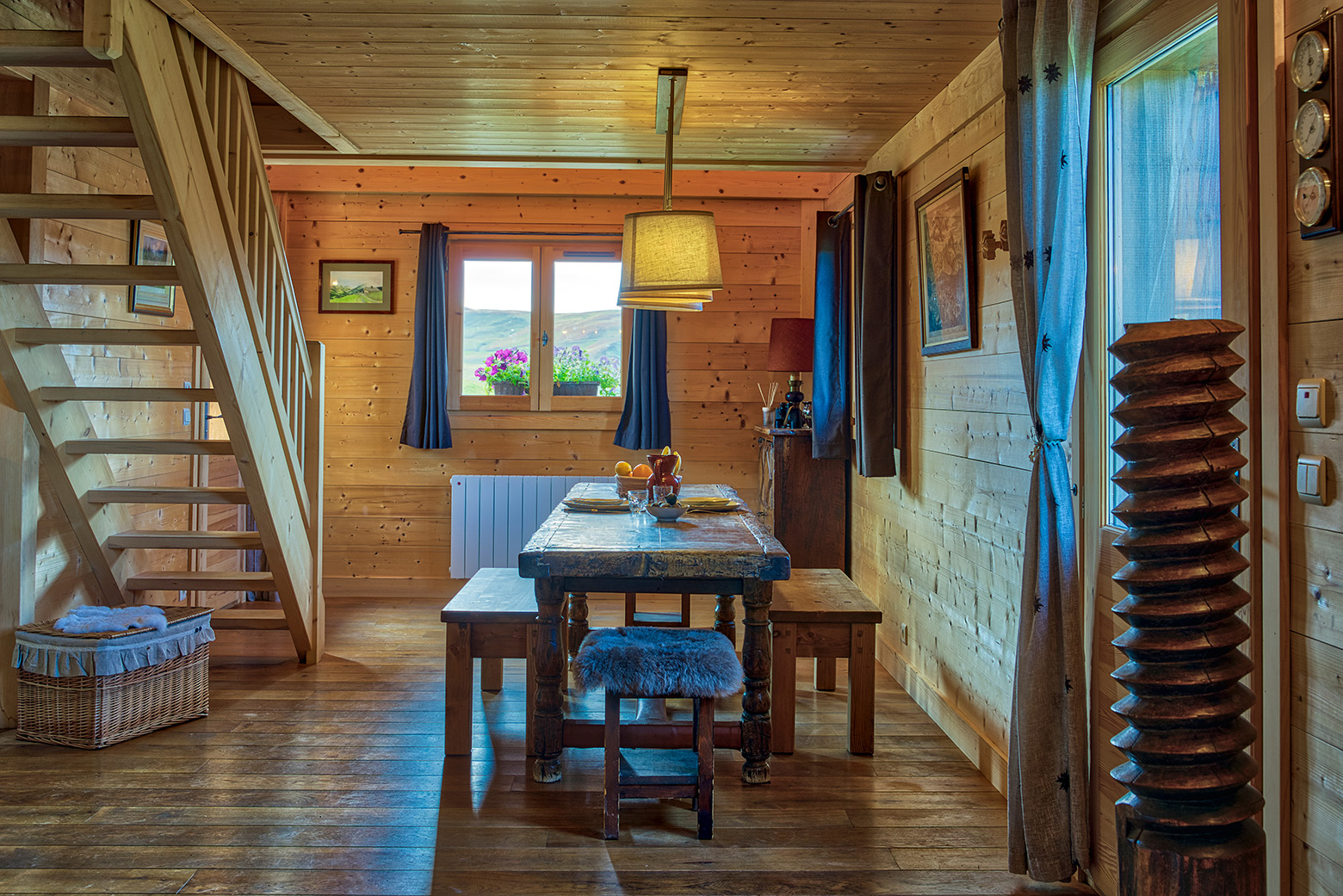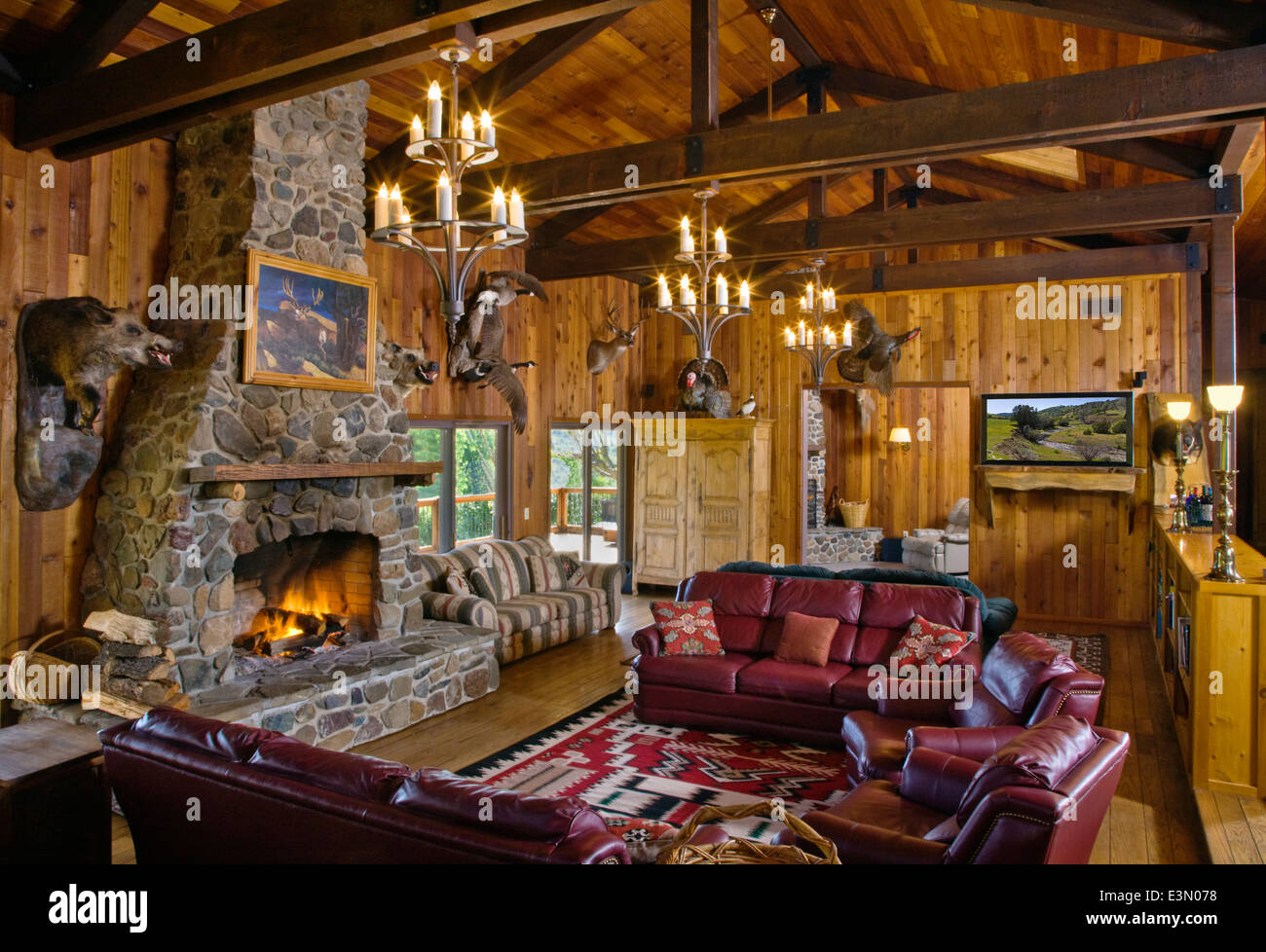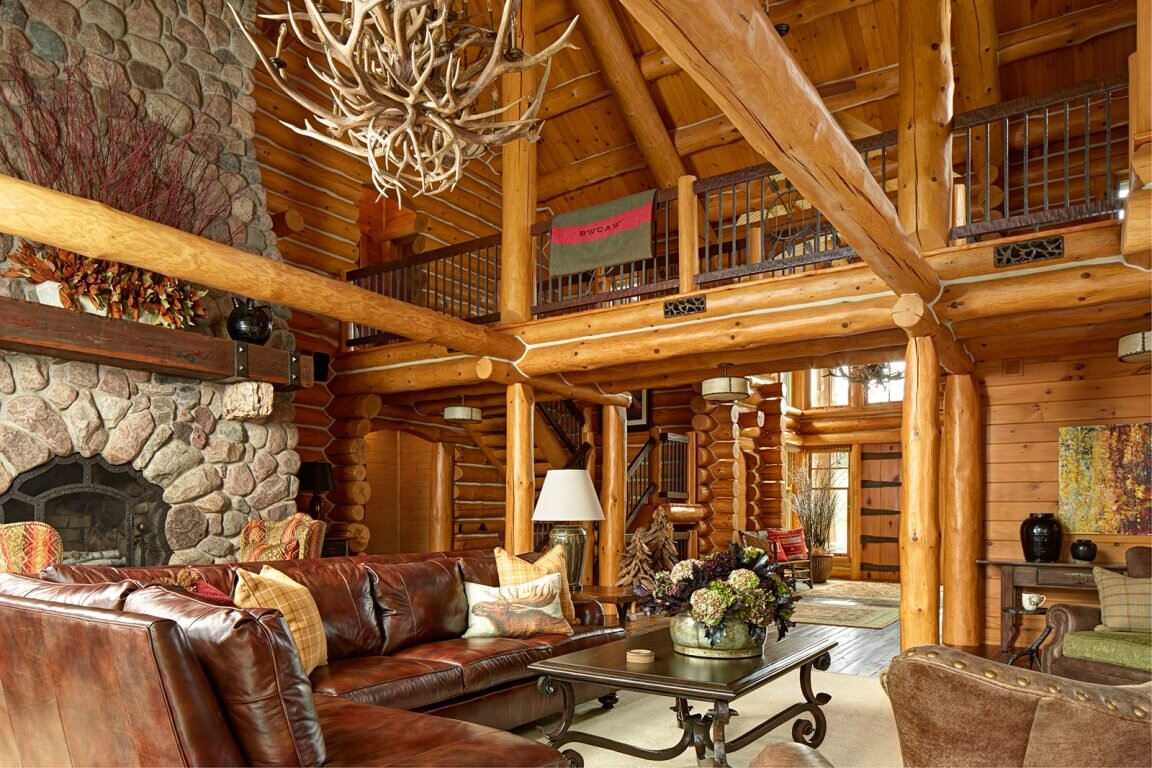When it comes to crafting the perfect hunting cabin, the interior design plays a crucial role in creating a welcoming and functional space. As an avid outdoorsman and seasoned cabin enthusiast, I have spent countless weekends in the woods, sharing stories and experiences with friends and family. Through this article, I will guide you through inspiring hunting cabin interior designs, tips on selecting the right materials, furniture choices, and how to create that cozy atmosphere that makes you feel right at home.
Understanding the Essence of a Hunting Cabin
Before diving into the specifics of interior design, it’s important to understand what makes a hunting cabin unique. A hunting cabin is not just a shelter; it’s a space that embodies adventure, comfort, and nature. The design should reflect these elements and provide a warm retreat after a day outdoors.
Key Elements of Hunting Cabin Design
- Rustic Aesthetics: Embrace natural materials like wood and stone.
- Functional Spaces: Ensure adequate storage for gear and supplies.
- Comfortable Accommodations: Choose furniture that offers relaxation and durability.
- Cozy Atmosphere: Create an inviting mood with lighting, textiles, and decor.

Choosing the Right Style
There are various styles to consider when designing your hunting cabin interior. Each style brings its unique charm and can significantly influence the overall feel of the space. Below, I’ll outline some popular styles, their characteristics, and how they can suit your personal taste.

1. Rustic Cabin Style
The rustic style is the epitome of what a hunting cabin should be. It emphasizes warmth, using natural materials and textures. Think log walls, exposed beams, and vintage furniture. This style fosters a connection with the outdoors.

Characteristics
- Natural wood finishes
- Antique or distressed furniture
- Warm color palettes
2. Modern Cabin Style

For those who prefer a contemporary twist, a modern cabin style infuses clean lines and minimalist designs while still honoring the rustic roots. This style often incorporates large windows to allow natural light and a connection to nature.
Characteristics
- Sleek furniture designs
- Neutral color tones
- Incorporation of metal and glass

3. Vintage Cabin Style
The vintage cabin style brings nostalgia into play, featuring retro decor and furnishings that harken back to simpler times. It’s perfect for those who want to blend history with a cozy feel.

Characteristics
- Old-fashioned fixtures
- Patterned textiles
- Mix of vintage and modern pieces
Color Schemes that Connect with Nature
Choosing the right color scheme is essential in creating an inviting cabin atmosphere. The colors should reflect the beauty of nature and provide a calming effect.
Color Palette Options
| Palette | Colors | Feel |
|---|---|---|
| Earthy Tones | Brown, Green, Beige | Warm, Natural |
| Cool Blues | Sky Blue, Navy, Gray | Calm, Relaxed |
| Neutral Shades | Whites, Grays, Taupes | Clean, Contemporary |
Furniture Choices for Maximum Comfort
Choosing the right furniture is pivotal for a hunting cabin. Every piece should not only look good but also withstand the rigors of outdoor life. Below are some considerations for selecting furniture.
Essential Furniture Pieces
- Sofas and Chairs: Look for durable upholstery and comfortable designs.
- Dining Furniture: A robust dining table with enough seating is essential for gatherings.
- Storage Solutions: Opt for multifunctional furniture, like benches with storage or tables that expand.
Material Considerations
When it comes to materials, prioritize durability and ease of maintenance. Here are some preferred materials for hunting cabin interiors:
- Leather: Adds luxury and is easy to clean.
- Wood: Classic and timeless; perfect for a rustic look.
- Canvas: Great for a more relaxed, outdoorsy style.
Decorative Elements to Enhance Your Cabin
Decorative elements can transform your cabin’s interior into a unique and personal space. Here are some ideas that I have found effective over the years.
Wall Decor
- Art and Photography: Showcase local wildlife or scenic landscapes.
- Antler Displays: Create a focal piece that speaks to the hunting experience.
- Functional Decor: Incorporate items like vintage fishing rods or old maps as wall art.
Textiles and Soft Furnishings
Adding layers of textiles can help soften the hard surfaces of wood and stone. Consider:
- Rugs: A warm area rug can add comfort and style.
- Cushions and Blankets: Mix fabrics and patterns for a cozy feel.
Lighting Considerations for Atmosphere
Lighting plays a crucial role in setting the mood of any space, especially in a hunting cabin. Choose a mix of lighting sources to create a cozy environment.
Types of Cabin Lighting
- Natural Light: Maximize windows to let in as much sunlight as possible.
- Ambient Lighting: Use chandeliers or wall sconces with warm bulbs.
- Task Lighting: Incorporate reading lamps and lights over workspaces.
Practical Tips for Organizing Your Cabin
A well-organized cabin not only looks good but also functions effectively. Here are some practical tips based on my experiences.
Utilize Vertical Space
Install shelves and hooks to keep the floors clear and make use of wall space for storage. This can help in housing hunting gear, cooking tools, and personal items without cluttering the space.
Designate Zones
Create distinct areas for different activities, such as sleeping, cooking, and relaxing. This will help in keeping the cabin organized and make it feel more functional.
Pros and Cons of Hunting Cabin Designs
| Pros | Cons |
|---|---|
| Creates a cozy retreat from urban life | Can be costly to furnish and maintain |
| Encourages quality time with family and friends | Requires regular upkeep and cleaning |
| Can become a valuable investment | May be susceptible to seasonal weather changes |
FAQs About Hunting Cabin Interior Designs
What are the best materials for a hunting cabin interior?
The best materials include natural wood, leather, and stone. These materials not only enhance the rustic aesthetic but are also durable and easy to maintain.
How can I make my hunting cabin more inviting?
To make your cabin more inviting, focus on cozy textiles, warm lighting, and personal decor that reflects your style and experiences in the outdoors.
What color schemes work best for hunting cabins?
Earthy tones are ideal, including browns, greens, and beiges. These colors connect the interior with nature and create a soothing atmosphere.
How do I organize a small hunting cabin effectively?
Utilize vertical space, choose multifunctional furniture, and designate areas for specific activities to keep a small cabin organized and functional.
In Conclusion
Designing a hunting cabin interior is an exciting opportunity to blend style with functionality while reflecting your love for nature. By incorporating rustic elements, comfortable furnishings, and personal touches, you can create a space that not only meets your needs but also feels like a true home away from home. Whether you are embarking on a new build or seeking to refresh an existing space, I hope this guide has equipped you with valuable insights and inspiration for your hunting cabin journey.
Happy hunting, and may your cabin be the perfect sanctuary for your adventures!